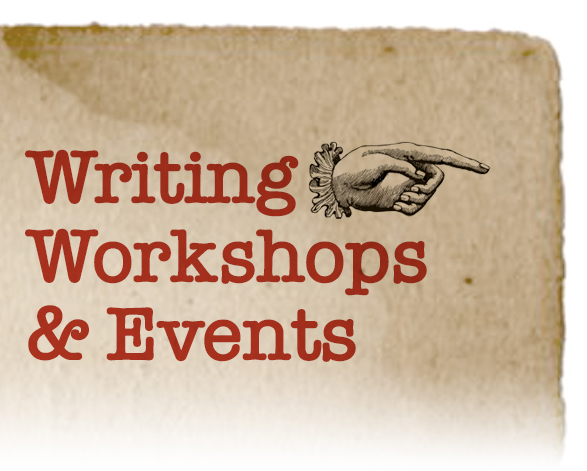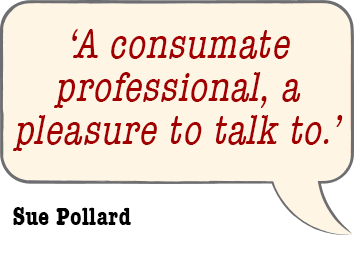  |
| • Who is Mrs Smith? • What is Mrs Smith up to? • The Arts • A selection of Mrs Smith's writing • Mrs Smith's Scrutiny Service • Other Engagements • Contact Mrs Smith |
 |
 |
|
The Arts | |
Exhibition reviews and artist profiles, shared here, occupy much of The Current Mrs Smith’s professional time and personal interest. She is always delighted to take commissions so curators, artists, editors, please don’t delay in clicking on the Contact link.
|
||
Dane Mitchell-Post Hoc,Venice Biennale By Sandra Smith “The law of conservation of mass suggests nothing has gone, our planet retains material change,” states Dane Mitchell, whose cell phone towers in this year’s Venice Biennale are both visual and the source of a spoken narrative totalling 25,000 words per day. “The colossal weight – physical and weight of knowledge – of the past sits underneath us, underneath the present moment.” Mitchell’s attachment to the past is balanced by obsolescence. Evolution, both at an anthropological level and, as a result, in the development of the physical world, creates a dichotomy: simultaneously lost in a soup of possibility even as we are producing, promoting progress. His installations are industrially manufactured while their location blends with one of nature’s most globally recognised lifeforms. “Trees are things themselves. I have not produced a copy of a tree. We always seek to manipulate nature. Somehow, in a highly colluded environment, we fake nature in a complicated proposition that we, as a species, has concocted.” In his home country of New Zealand, Mitchell explains, pine trees are industrialised capital, a vital element in the economy. Nor are parks natural spaces but managed, a relationship intent on appearing innate, symbiotic, yet dominated by mankind. The seven towers, made in China and scattered across Venice provoking conversation on a visible level, also host and share lists of voids and items that have either been discontinued or vanished. “I thought it was interesting to call up the gone stuff through the act of speech, a bit like a roll of honour. They are an expression, portrait, of my own filter bubble. I started with ten ideas then through activation of thinking the lists pointed towards things I’m interested in such as transmission, scientific forms, fragrances, national anthems and extinct birds. Through language and knowledge we retain information about things when they’ve vanished. We could argue that dinosaurs are extinct but we know more about them now so they are less gone. These are beautiful complications.” This approach to history is a poetic way of stumbling forward through the detritus of the past in order to think about the future. Walking past the trees – repositories – is to hear recordings of whispered lists read in a randomised order. Post Hoc, the exhibition title, is part of a longer phrase: post hoc ergo propter hoc (after this, therefore because of this). Is Mitchell attempting to influence people’s attitudes or reflect them? “There’s an inevitability with the subject that there’s always going to be a kind of telling. The work is timely and says things about the present moment. Each list was exciting, meaningful to produce, a large weight of language.” The towers are also an aesthetic antagonism of Mitchell’s own work. “I have a strong interest in the unseen, intangible which influence our political, social and emotional lives. A strong thread runs through my work and extends into this project; it feels like a culmination of a whole lot of interests, and a progression of my practice.” Venice Biennale runs 11 May – 24 November 2019 |

|
Sandra Smith © 2019 |
Site designed and serviced by HallidayBooks |
